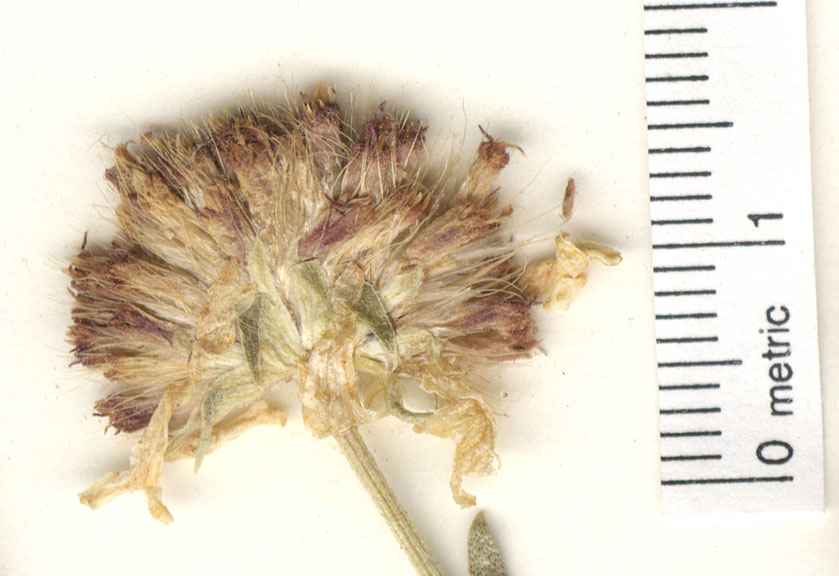
|
Family: Asteraceae |
Annuals, perennials, or subshrubs, 10-80+ cm (sometimes rhizomatous). Stems usually erect, usually branched (from bases or throughout). Leaves basal, basal and cauline, or mostly cauline; alternate; petiolate or sessile; blades mostly elliptic, lanceolate, linear, oblong, obovate, ovate, or spatulate, often pinnately lobed, ultimate margins toothed or entire, faces usually scabrellous to villous (hairs simple or jointed), rarely glabrous, usually notably gland-dotted (except in 10. G. suavis). Heads usually radiate or discoid (sometimes radiant), borne singly. Involucres hemispheric to nearly rotate, mostly 9-20+ mm diam. Phyllaries persistent, 14-40+ in 2-3+ series (reflexed in fruit, usually distinct, oblanceolate, lanceolate, narrowly triangular, or linear, subequal to unequal, usually chartaceous proximally, distally herbaceous, apices often attenuate). Receptacles convex to hemispheric, smooth or pitted (often with scattered, hard, setiform enations), epaleate. Ray florets 0, or 5-15+, usually neuter, rarely pistillate and fertile or styliferous and sterile; corollas yellow to white or orange to red, purplish, or brown, often bicolored (sometimes 'ray' corollas funnelform, 5-lobed, heads radiant). Disc florets 20-100+, bisexual, fertile; corollas yellow or orange to red, purplish, or brown (distally ± shaggily hairy, hairs jointed), tubes much shorter than ampliate, campanulate to cylindric or urceolate throats, lobes 5, broadly deltate or ovate (± equal, sometimes attenuate or attenuate-terete apically; style-branch apices ± attenuate, usually hispidulous). Cypselae obpyramidal to clavate, ± 4-angled (lengths 1-1.5+ diams.), sparsely to densely hairy (at least proximally, hairs straight); pappi usually persistent, of 6-10+ medially thickened, laterally scarious scales in 1-2 series (all, some, or none aristate), rarely 0. x = 19. Some horticultural gaillardias may be derived from hybrids (e.g., Gaillardia ×grandiflora van Houtte) involving G. aristata and some other species (probably G. pulchella). Such horticultural plants sometimes persist after cultivation or occur sporadically as waifs in places well beyond the 'natural' ranges of the 'parent' species; e.g., scattered localities in Arizona and California.
Heads radiate or occasionally discoid, the rays yellow to purple, broad, 3-cleft, usually neutral, sometimes pistillate and fertile; invol bracts in 2-3 series, herbaceous above the chartaceous base, ±spreading, becoming reflexed in fr; receptacle convex to subglobose, provided with numerous soft or more often chaffy or spine-like setae that do not individually subtend the disk-fls, or these rarely obsolete; disk-fls perfect and fertile, the cor-lobes woolly-villous; style-branches flattened, with introrsely marginal stigmatic lines and a usually ±elongate and externally hairy appendage; achenes broadly obpyramidal, partly or wholly covered by a basal tuft of long, ascending hairs; pappus of 6-10 awned scales; taprooted herbs with alternate (or all basal), entire to pinnatifid lvs and rather large, mostly long-pedunculate heads. 15, New World. Gleason, Henry A. & Cronquist, Arthur J. 1991. Manual of vascular plants of northeastern United States and adjacent Canada. lxxv + 910 pp. ©The New York Botanical Garden. All rights reserved. Used by permission. |
This project was made possible in part by the Institute of Museum and Library Services [MG-70-19-0057-19].
Powered by Symbiota



